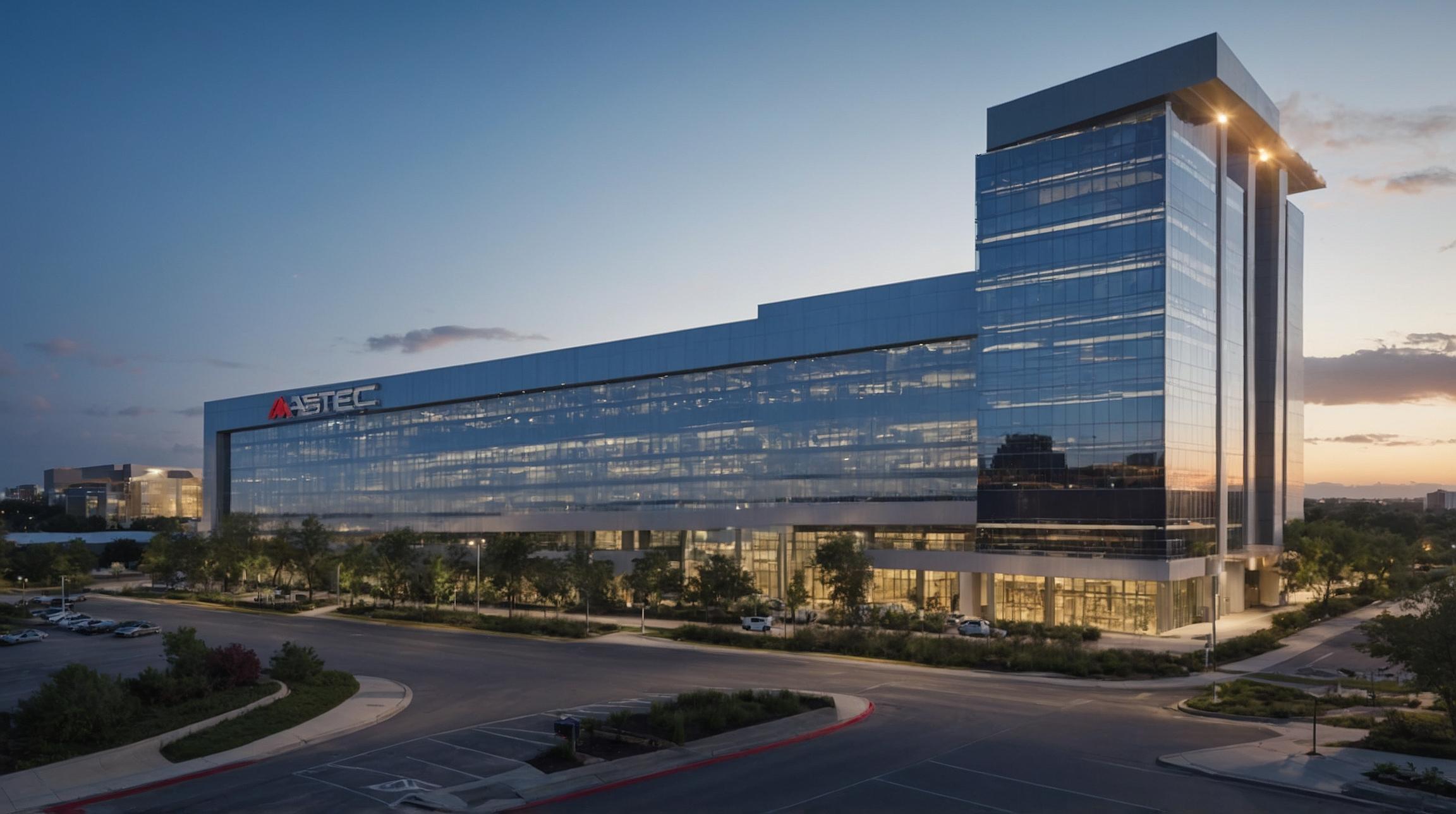The Rise of Software Innovation in Workplace Recognition
Workplaces today are increasingly embracing new technologies not only to improve efficiency and productivity but also to enrich company culture and employee engagement. One area where software innovation is making an impact is in facilitating peer-to-peer appreciation and recognition.
Makes Giving Kudos Accessible and Routine
With online employee recognition software, any employee can easily recognize a coworker for achievements big and small. Whereas managers have traditionally been the primary sources of formal workplace recognition, technology now makes giving kudos more accessible, equitable, and routine.
Modern recognition platforms make it simple to send shout-outs that are visible to the whole company, making peer praise transparent. Coworkers can post public messages highlighting what they appreciate about a team member for achievements as diverse as closing a big sale, providing mentorship, or going out of their way to help on a project.
Data Shows the Impact of Peer Recognition
While manager recognition still carries significance, research shows that appreciation from peers often has an even more powerful effect on employee morale, engagement, and retention. In one study by SHRM, 67 percent of employees said their motivation would improve with praise from peers, while only 43 percent said the same about manager recognition.
The reason is partly because kudos from those at your same level can feel more authentic and emotionally resonant. Peer recognition can reinforce a culture where all employees, not just managers, are empowered to notice and celebrate wins – no matter how small.
Building Camaraderie and Connectedness
Crowdsourced recognition not only boosts individual morale but also brings team members closer through shared moments of appreciation. When a coworker posts a public message of praise that anyone in the company can react to and comment on, it sparks positive interactions and bonding.
Public peer recognition feeds into the innate human desire to feel seen, valued, and connected to a group – key prerequisites for employee satisfaction and retention. Whereas an employee might previously have received a few dozen recognitions over their career concentrated among managers, they may now receive hundreds of peer appreciations over many years.
Fostering Two-Way Communication Between Leadership and Staff
While democratizing recognition, technology also provides valuable leadership insights. Aggregated, anonymous data can show company executives patterns in the types of achievements employees value in their peers.
Leaders can then tailor formal reward programs to better align with behaviors employees intrinsically want to celebrate, such as risk-taking, collaboration, or above-and-beyond service. By shedding light on the emerging needs and desires of their workforce, crowdsourced recognition software tools empower leadership with crucial feedback to progress company culture.
Data Analytics Enable Targeted Culture Initiatives
Comprehensive analytics – from participation rates to the most common types of recognition – are one advantage of technology solutions. With concrete metrics that demonstrate who is recognizing whom and for what, company leaders obtain an unprecedented window into organization health, risk areas for disengagement, and bright spots worthy of investment.
Leadership can utilize those insights to strengthen initiatives around diversity, cross-department unity, skill development, innovation, and integrity – the cultural attributes most important for long-term success. In that sense, crowdsourced recognition through technology uniquely positions companies to take employee appreciation to the next level.
How Technology-Enabled Recognition Enhances Company Culture
Far from replacing old-fashioned, personal expressions of gratitude, purpose-built software simplifies and scales recognition so the potential positive impacts are distributed across every employee. When used strategically, every member of the workforce can feel genuinely valued through routine moments of peer appreciation. By facilitating what is most authentic about a culture, technology-enabled recognition fosters environments where both people and organizations thrive.
Analyst comment
Positive news: The rise of software innovation in workplace recognition is a positive development for the market. It allows for more accessible and routine recognition, which improves employee engagement and company culture. Peer recognition has a powerful impact on morale and retention, fostering camaraderie and connectedness among team members. Technology also provides leadership with valuable insights and analytics to tailor reward programs and strengthen company culture. Overall, this technology enhances company culture and allows for the distribution of positive impacts across every employee. The market for software innovation in workplace recognition is expected to grow as more organizations prioritize employee engagement and recognition.













